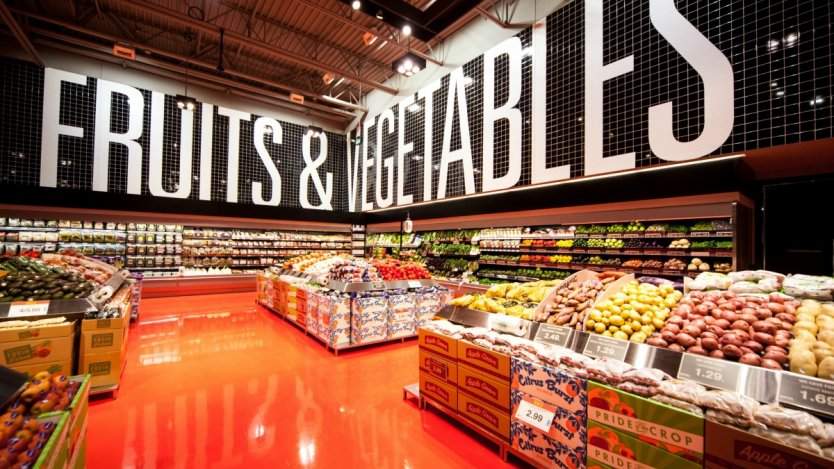It's almost the new year and times are a-changin'. The ingredient trends of 2016 may linger longer than the year's expiration date, but that doesn't mean there isn't a handful of other interesting diets, technology, methods and approaches ready to shine throughout 2017.
Here are six things you'll probably notice more of in the coming months, and if you and your friends are doing most of them already, well then you are ahead of the curve!
Shopping with sustainability in mind

Most of us have already come to appreciate the higher quality in seasonal produce and local meat. Now, we are more likely to be searching for sustainable food options, especially when shopping for seafood. Programs like Ocean Wise have been fantastic at increasing consumer awareness at the restaurant level, which hopefully has, in turn, made us think twice when we're picking up salmon, prawns, scallops and other seafood while grocery shopping.
A good grocery store should pride itself on its knowledgeable staff, so if you want to know more about the seafood bounty that you see offered, feel free to ask one of its in-store fishmongers.
Cooking more plant-based meals

Never thought you'd see the day when nut milks have become a regular item on your grocery list? Well, the day is here. More and more Canadians are turning to plant-based cooking (a more palatable term for vegan) as a result of both rising meat prices and the environmental impact that raising livestock has on the world. Try using cashew milk in lieu of cream in a puréed potato soup or making a gravy using roasted vegetables instead of meat drippings and a pile of flour. You just might surprise yourself!
Maximizing the use of every ingredient
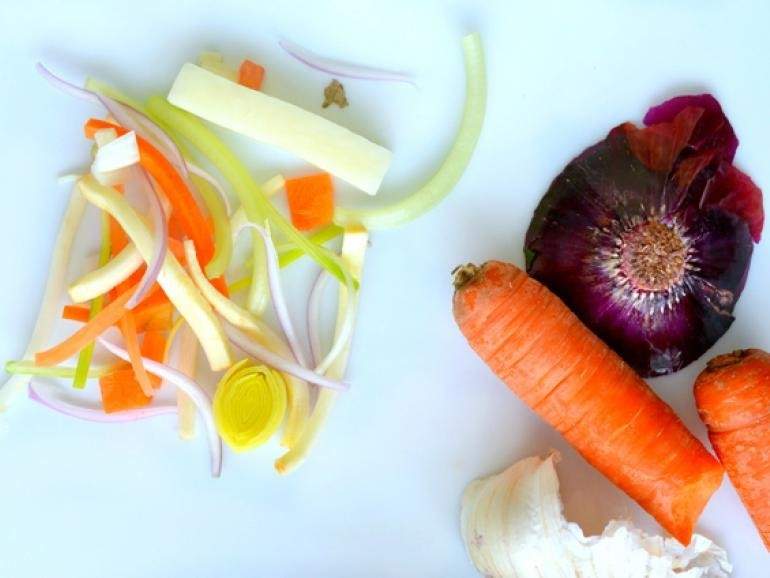
Another way smart home cooks are combatting rising ingredient prices and minimizing environmental impact is by making the most of each ingredient they bring home. "Garbage" bits like Parmesan rinds, rib ends or vegetable odds and ends can all be saved in freezer bags and used to make a robust stock at a later date. Even leftover brine from jars of pickles or containers of feta make for bright additions to vinaigrettes and marinades instead of the standard vinegar.
Using alternative grocery shopping methods
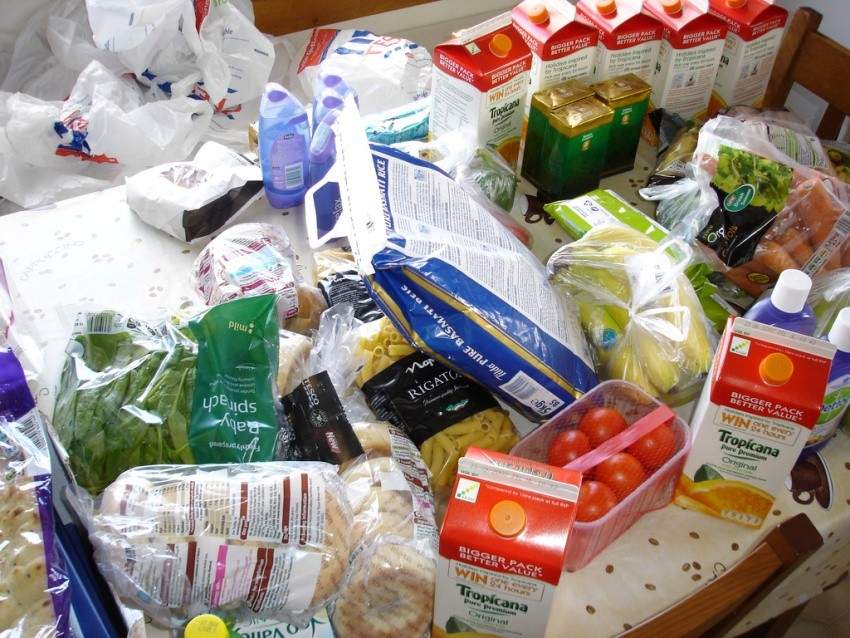
A few years ago, the idea of picking out your groceries without squeezing that orange or making sure that bundle of parsley is nice and fresh was considered outlandish. Transitioning to online grocery shopping just by checking boxes online requires a little bit of letting go, just like watching your daughter head into the classroom on the first day of school.
These days, online ordering is gaining more and more traction. Canadians are a busy bunch, and if the process of getting groceries can be made easier and more efficient without fighting the crowd with a full cart, we want to see how. Many Loblaws locations have been testing out online grocery ordering to great success. Ordering online isn't just for non-perishables. Everything from meat and fresh produce to breads and baking can be sent right to your door.
Stocking the pantry with international flavours
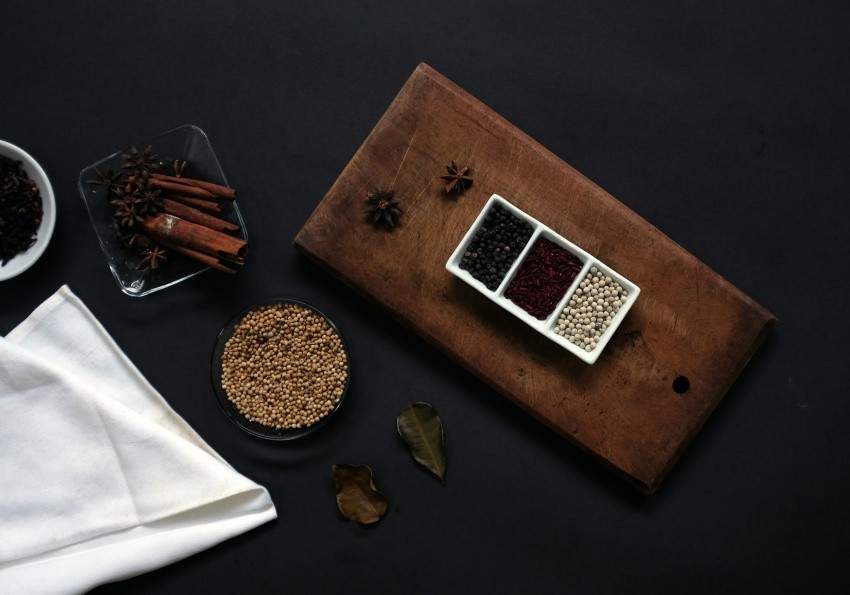
Zaa'tar, dukkah or ras el hanout may not exactly be household names as of yet, but expect these unique and elevating international staples to filter their way into your cooking this year. Zaa'tar (blends can vary, but its foundation is a combination of dried herbs, sesame seeds and salt) is now easy to find at the grocery store and works wonders on top of roast chicken thighs or pork tenderloin. Since oil and balsamic vinegar for dipping with bread is so ten years ago, try dunking bread in a good quality olive oil followed by dukkah, a robust nut and spice blend that's an everyday staple in Egyptian cuisine.
Modernizing your preserving and canning skills
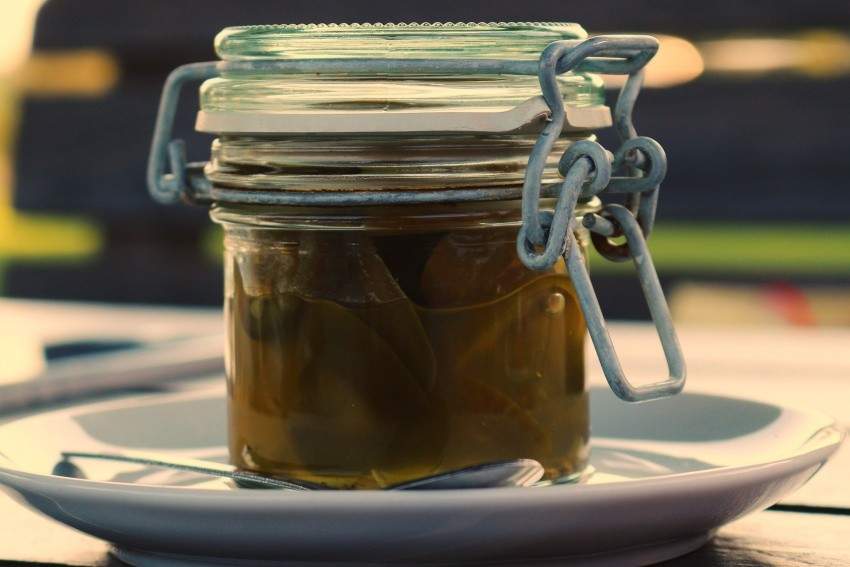
Combining sustainability, seasonality and making the most of what you have in your kitchen, Canadians young and old (and middle-aged) alike are sharing a newfound love of an age-old practice. Initially, preserving and canning was a means to survive through tougher times of scarcity, like our Canadian winters (which can be unforgiving, even in Vancouver at times, it seems). Then, it slowly evolved into your grandmother's signature red pepper jelly or your father's famous Saskatoon berry jam. Fast forward to today, when nothing is off limits, virtually everything can be pickled or preserved, and a home cook's interest in the art of fermentation has expanded far beyond sauerkraut or kimchi (try making this fermented blueberry ginger soda for example).
Don't believe us? Then spend a few minutes flipping through Batch and if that doesn't pique the interest of your inner canner, then you just might be a lost cause.
Find out what else consumers will really be getting excited about here.


